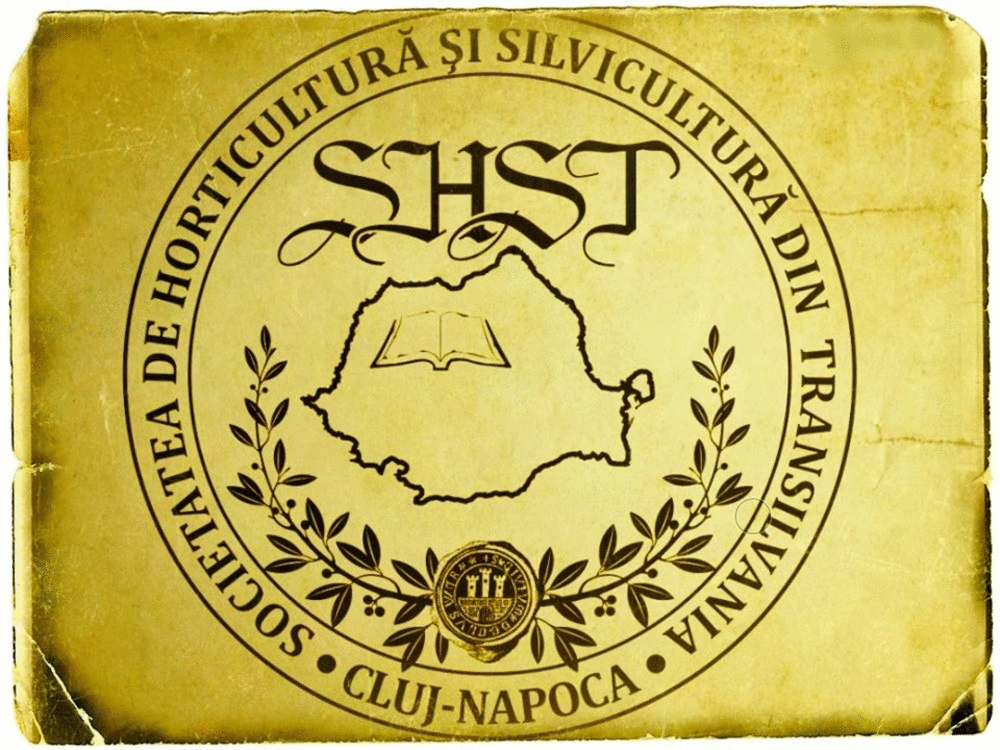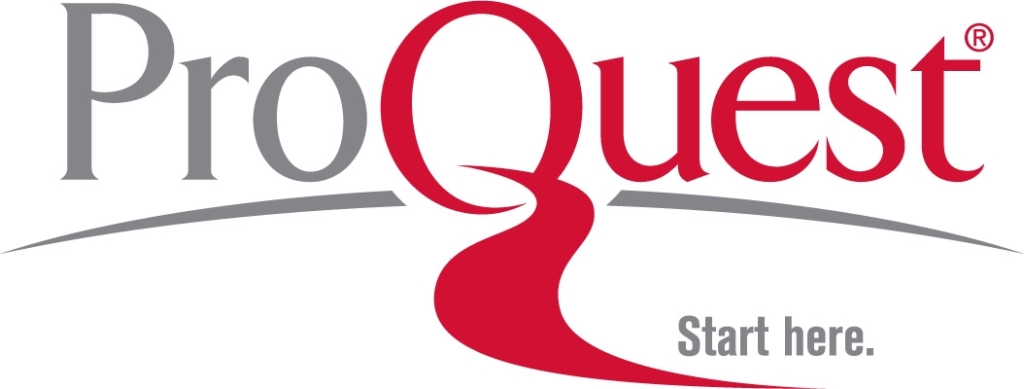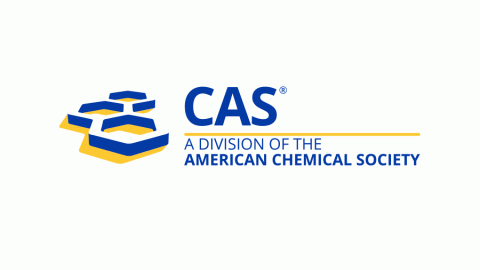The Effects of Various LED Light Wavelengths to the Physiological and Morphological Parameters of Stevia (Stevia rebaudiana) Bertoni
DOI:
https://doi.org/10.15835/nsb839886Keywords:
blue light; stevia; light-emitting diodes; red light; PARAbstract
In this study, it was investigated the growth of stevia (Stevia rebaudiana Bertoni) under various wavelengths of LED lamp (Light Emitting Diodes), which can emit daylight (cool white; 400–700 nm), red (620–630 nm) and blue (465–485 nm) wavelengths of the light in the electromagnetic spectrum. In all applications, quantity of PAR (photosynthetically active radiation) was adjusted as 150 μmol.m-2 s-1. Study had maintained in plant breeding cabin 16 hours light and 8 hours dark environment. Results demonstrated that while the highest plant height was determined in the “30% blue light+ 70% red light” application, the highest stem length was found in the “50% blue light + 50% red light” application. In addition, the number of the stems reached the highest value in the “70% blue light + 30% red light” application. Consequently, a correlation was observed between negative “a” value and the amount of chlorophyll. Because of the hereby obtained results, comparing to other applications, the “50% blue light + 50% red light” was found as the best light application to obtain optimum yield values of stevia.
Metrics
Downloads
Published
How to Cite
Issue
Section
License
Papers published in Notulae Scientia Biologicae are Open-Access, distributed under the terms and conditions of the Creative Commons Attribution License.
© Articles by the authors; licensee SMTCT, Cluj-Napoca, Romania. The journal allows the author(s) to hold the copyright/to retain publishing rights without restriction.
License:
Open Access Journal - the journal offers free, immediate, and unrestricted access to peer-reviewed research and scholarly work, due SMTCT supports to increase the visibility, accessibility and reputation of the researchers, regardless of geography and their budgets. Users are allowed to read, download, copy, distribute, print, search, or link to the full texts of the articles, or use them for any other lawful purpose, without asking prior permission from the publisher or the author.













.png)















